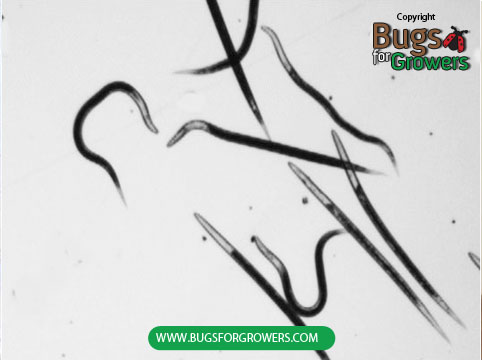Diseases caused by fleas
Dog fleas (Ctenocephalides canis) and cat fleas (Ctenocephalides felis) are small wingless insect pests of dogs, cats, humans and rats. Only adult fleas suck blood from their hosts including dogs (Photo 1) and cats (Photo 2) and known to cause flea allergy dermatitis disease that can cause hot spots (infected circular patches of skin) on the cat’s or dog’s skin. These hot spots are very itchy and because of that dogs or cats are continuously scratching and biting infected areas that then turn into big and bloody wounds on the skin. The larvae of fleas are not harmful to their hosts because they cannot feed on host’s blood or transmit diseases.
Photo 1. Dog as host of fleas
Photo 2. Cat as a host of fleas
Biology of fleas
Fleas develop through egg, larva, pupa and adult stages. Fleas lay eggs on the either cat’s or dog’s body but they fall off on the ground where dogs or cats usually rest and/ or sleep generally carpet or bedding. Eggs hatch into small larvae that generally feed only on organic matter and develop through three larval stages. The matured larvae then pupate inside the silken cocoons in soil. Adult fleas emerge from cocoons when they sense carbon dioxide, heat and vibration from their hosts. The adult fleas then hop on the host’s body and start feeding on the blood, mate and lay eggs and thus their life cycle continues. Fleas complete several generations during summer through the fall season and overwinter as larvae and pupae in the soil mostly at the resting place of dogs and cats.
How Steinernema carpocapsae nematodes control fleas?
Currently, beneficial entomopathogenic Steinernema carpocapsae nematodes (Photo 3) have been used as successful alternatives to chemical pesticides for controlling fleas. This is because nematodes are not harmful to dogs, cats and humans, easy to apply, and can kill both larval and pupal stages of fleas with 48 hours after their application and stop the emergence of future generation adults.
Photo 3. Steinernema carpocapsae nematodes
When Steinernema carpocapsae nematodes are applied to the resting and sleeping area of dogs and cats, they search, infect and kill all the soil-dwelling larval and pupal stages of fleas. Generally, nematodes enter into the body cavity of larvae and pupae of fleas through the natural openings like anus, mouth and spiracles. In the body cavity, nematodes release symbiotic bacteria called Xenorhabdus nematophila in the host’s blood. In the blood, bacteria multiply quickly and cause septicemia and kill larva or pupa within 48 hours of infection. Thus the killing of both larvae and pupae of fleas by nematodes completely stops the emergence of next generation of adult fleas.
How to apply Steinernema carpocapsae nematodes?
To target both larval and pupal stages of fleas, use watering can to spray Steinernema carpocapsae nematodes on the areas where dog and cats generally rests or sleeps. Since nematodes need a film water for their easy movement in the soil, irrigate areas to be treated before and after application of nematodes so that the optimum level of moisture will be maintained in the soil. Also, apply nematodes either early in the morning or late in the evening to avoid their exposure to UV radiation as its short exposure can kill nematodes instantly.
How many Steinernema carpocapsae nematodes should be applied?
The optimum rate for the effective control of fleas is 23,000 Steinernema carpocapsae nematodes per square foot area. Use following table to apply correct numbers of nematodes based on square foot area.
Area in sq. ft. = Number of nematodes required
1sqft = 23,000 nematodes
100 sqft = 2,300,000 nematodes
500 sqft = 11,500,000 nematodes
1,000 sqft = 23,000,000 nematodes
43,560 sqft (1 Acre) = 1,000,000,000 nematodes


